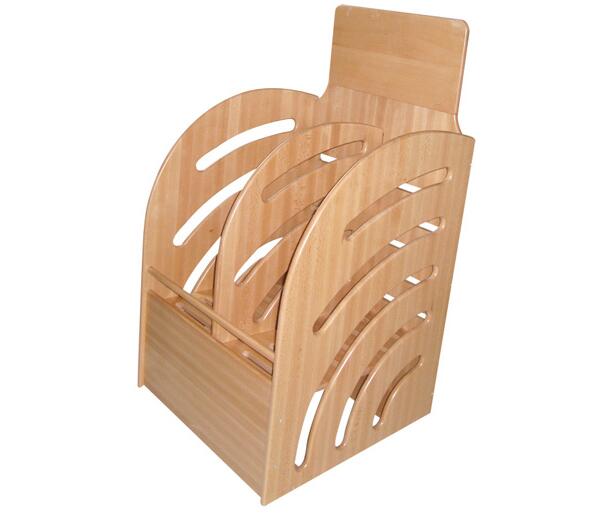Abstract: Propylene carbonate is colorless and odorless, or light yellow transparent liquid, soluble in water and carbon tetrachloride, miscible with ether, acetone, benzene, etc. It is an excellent polar solvent. This product is mainly used for polymer operation, gas separation process and electrochemistry.
1 Introduction
Propylene carbonate is produced using propylene oxide and carbon dioxide as raw materials. Under the action of a catalyst, a certain temperature and pressure are controlled in the reactor to synthesize crude propylene carbonate liquid. The crude propylene carbonate liquid is vacuum-distilled to obtain a purity greater than 99.5%. product. In order to ensure the conversion rate of propylene oxide, the composition of the crude propylene carbonate liquid needs to be monitored, the reaction conditions are adjusted in time according to the content of propylene oxide, and the rectification operation is adjusted according to the quality of the finished product. According to the characteristics of the material, we determined to select gas chromatography for central control analysis. The synthesis liquid contains propylene carbonate, water, propylene oxide, propylene glycol, catalyst, bromoethane, triethylamine and other components. Among them, bromoethane and triethylamine are the decomposition products of the catalyst, and each component needs to be separated. Because of the more components, the separation effect is poor when using constant temperature gas chromatography analysis. We use the program temperature increase method through experiments, and optimize the experimental operating conditions, which can separate the components, quantitatively meet the requirements of central control and finished product detection, and the test results have high accuracy.
2. Experiment
2.1 Instruments and reagents
Instruments: Beifen SP-3420 gas chromatograph and chromatographic workstation, electronic balance (accurate 0.0001g), φ3mmx2m stainless steel packed column, 5μL micro syringe.
Reagents: propylene carbonate, propylene glycol, propylene oxide, bromoethane, triethylamine are all analytically pure; hydrogen, purity ≥99.9%.
2.2 Experimental method
2.2.1 Determination of the relative quality correction factor f value
Accurately weigh each reference reagent (accurate to 0.0001g) of a certain quality on an analytical balance to prepare a mixed sample, draw 1μL of this mixed sample with a micro sample injector, and inject it into a gas chromatograph for analysis, using propylene carbonate as the standard, The peak area of ​​each substance is processed by the chromatographic workstation, and the relative correction factor of each substance is calculated.
2.2.2 Experimental procedure
The normalized method is used for quantitative determination of each component, 1μL of the sample to be measured is drawn into the gas chromatograph with a micro sample injector, and the chromatogram is obtained under the selected operating conditions, processed by the chromatographic workstation to obtain the carbonic acid in the sample solution Propylene ester, propylene oxide, bromoethane, propylene glycol, triethylamine, water and other components.
2.3 Selection of operating conditions
2.3.1 The choice of heating
Hydrogen is used as the carrier gas, polymer porous microspheres GDX-103 as the stationary phase, and the synthetic liquid is separated by a stainless steel packed column. The temperature rise is programmed to make the components peak and separate well. When using constant temperature gas chromatographic analysis through experiments, propylene oxide and bromoethane, propylene glycol and triethylamine can be separated due to more components of the synthetic liquid and the column temperature is lower, but the peak time of propylene carbonate is longer , Easy to tail. If you choose a higher column temperature, propylene oxide and bromoethane, propylene glycol and triethylamine can not be separated at all, there are overlapping peaks, and select the temperature program, you can make propylene oxide and bromoethane, propylene glycol and triethylamine Separate.
2.3.2 Selection of chromatographic conditions
First activate hydrogen at 200 ℃, control the initial temperature of the column temperature at 100 ℃, and the final temperature at 180 ℃, the heating rate is 30 ℃ / min, the carrier gas flow rate is 48 mL / min, the vaporization chamber temperature is 250 ℃, the detector temperature is At 230 ℃, the separation effect is better.
3. Conclusion
The method is simple to operate, the chromatography column is easy to manufacture, and its accuracy meets the production requirements. This method uses programmed temperature increase, which not only enables each component to be separated and peaked well, but also saves analysis time and achieves a satisfactory separation effect. Due to the high temperature of the gas chromatography inlet, the syringe needs to be accurately and quickly inserted into the sample, otherwise it will have a certain impact on the repeatability and precision of the results.
We are manufacture specialize in doing OEM furniture or ODM furniture. We supply Hotel Furniture,Bedroom Furniture,dining room furniture,wardrobe,dresser,tables,chairs,resort furniture,solid wood furniture,veneer finish,MDF furniture and so on. Most of our products are exported to America.Canada,Japan.Europe and so on. If you can provide us your photo or design,we can custom for you.

OEM Furniture,TV Wood Cabinet,OEM Cardboard Furniture,Coffee Table Hotel Furniture
Changzhou Junhua Furniture CO.,LTD , https://www.blackstone-furniture.com